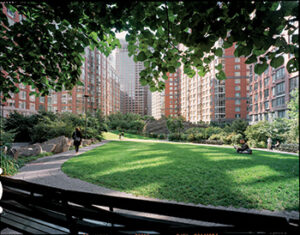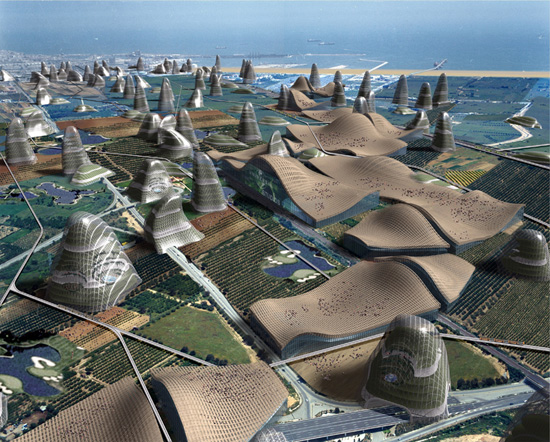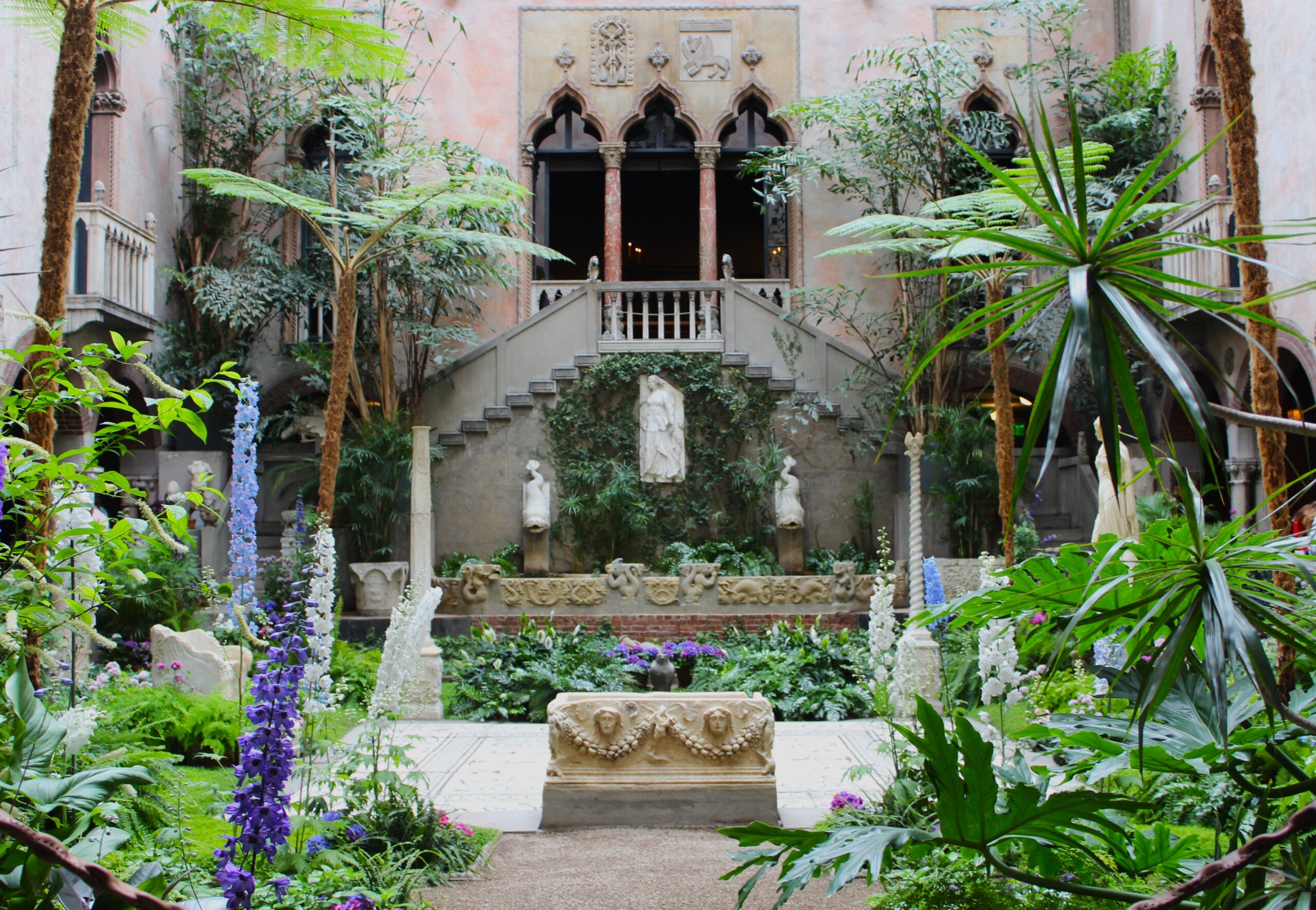Embracing the Challenges: A New Era for Landscape Architecture
In the face of urban challenges, landscape architects are emerging as transformative forces, tackling some of the city’s most pressing problems and gaining newfound recognition. Engaging in a roundtable discussion, prominent figures in the field shed light on this evolving landscape.
Exploring Perspectives: A Diverse Panel
The participants in this conversation bring diverse expertise to the table. Jill Desimini, assistant professor in landscape architecture at the Harvard Graduate School of Design; David Gamble AIA, AICP, architect and urban designer; Shauna Gillies-Smith ASLA, a landscape architect; Wendi Goldsmith, founder and CEO of Bioengineering Group; Elizabeth Padjen FAIA, editor of ArchitectureBoston, and Laura Solano ASLA, a landscape architect.
A Shift in Focus: From Artful Landscapes to Ecological Urbanism
Reflecting on the evolution of landscape architecture, Elizabeth Padjen notes the significant changes in the profession over the past seven years. The shift from an emphasis on artful landscapes to ecological urbanism is apparent. Terms like landscape urbanism, ecological urbanism, and agricultural urbanism have become commonplace, permeating not only professional circles but also the public lexicon.
Environmental Awareness Driving Change
David Gamble highlights the growing public recognition of environmental fragility, spurred by recent events like floods in Nashville and the Gulf oil spill. This heightened environmental consciousness plays a pivotal role in elevating the significance of landscape architecture in addressing the complexities of our surroundings.
Historical Roots: Understanding Systems
Laura Solano emphasizes the historical context of landscape architecture, dating back to visionaries like Frederick Law Olmsted in the 19th century and Ian McHarg in 1969, who introduced the idea of ecological planning. The discipline’s roots lie in understanding and working with complex systems, making landscape architects well-equipped to navigate the challenges of the contemporary urban condition.
Landscape Architecture as a Multifaceted Discipline
Wendi Goldsmith underscores the multifaceted nature of landscape architecture, encompassing ecological, social, and infrastructural dimensions. Drawing inspiration from Olmsted’s vision for Central Park, she emphasizes the discipline’s role in shaping sustainable community design.

The Intersection of Landscape and Urbanism
As the conversation delves deeper, the participants explore the evolving relationship between landscape architecture and urban design. Jill Desimini highlights the landscape architect’s ability to consider projects from various perspectives, addressing social, economic, and environmental aspects simultaneously.
Shifting Professions: Architects and Landscape Architects
David Gamble attributes the rise of landscape architecture, in part, to a void left by architects who may not have been considering larger-scale connections and environmental conditions. The landscape architect’s focus on systems thinking and engagement with key topographic and environmental elements positions them as leaders in addressing urban challenges.
Landscape Urbanism: A Paradigm Shift
The discussion turns to landscape urbanism, a term coined by Charles Waldheim, chair of the landscape architecture department at Harvard. Participants note that landscape urbanism represents a paradigm shift where landscape replaces architecture as the basic building block of contemporary urbanism.
Beyond Parks: Landscape as a Catalyst
Participants challenge the notion that landscape urbanism merely replicates the age-old strategy of using public parks as catalysts for development. They argue that landscape urbanism delves deeper, considering larger forces such as rivers as generators of urban form. The approach involves transforming neglected sites into meaningful spaces that foster community value.
A Holistic Approach: Interdisciplinary Collaboration
The conversation concludes with insights into the changing dynamics of interdisciplinary collaborations. The merging of landscape architecture with science, engineering, and architecture is recognized as a burgeoning field with immense potential. Major design competitions increasingly involve diverse disciplines, reflecting the need for holistic solutions in complex urban areas.






